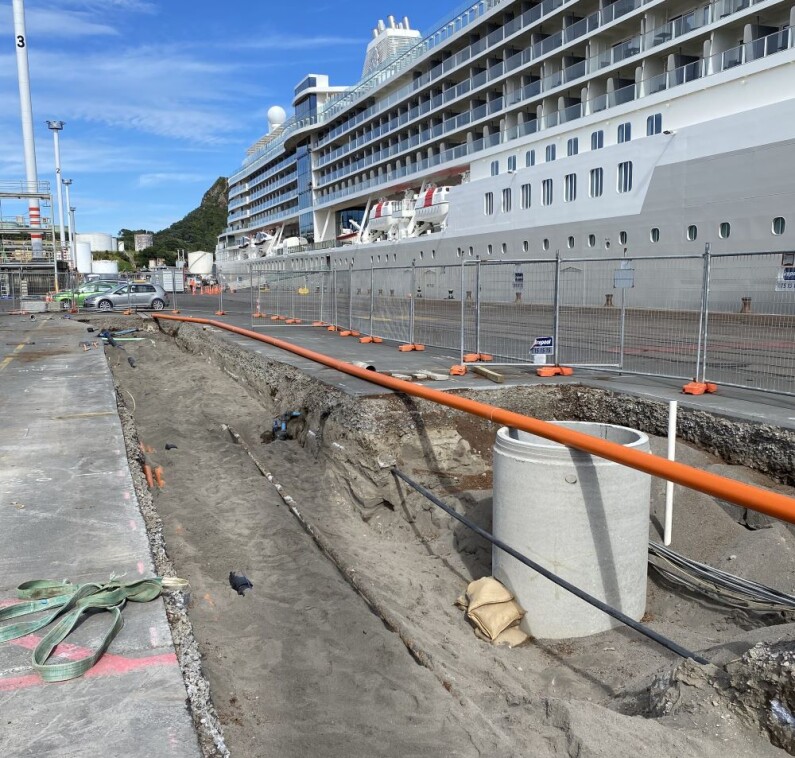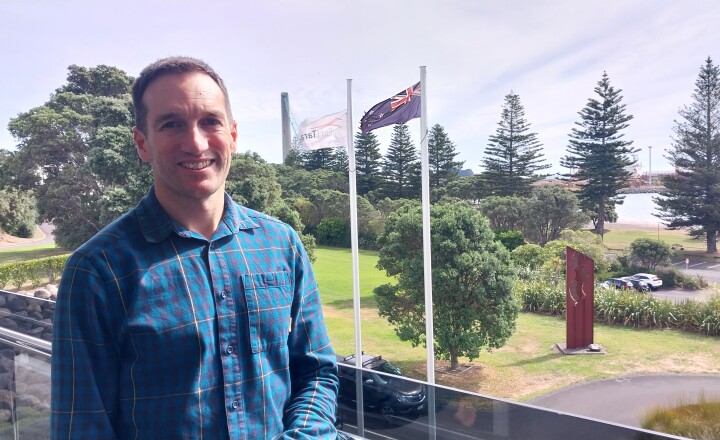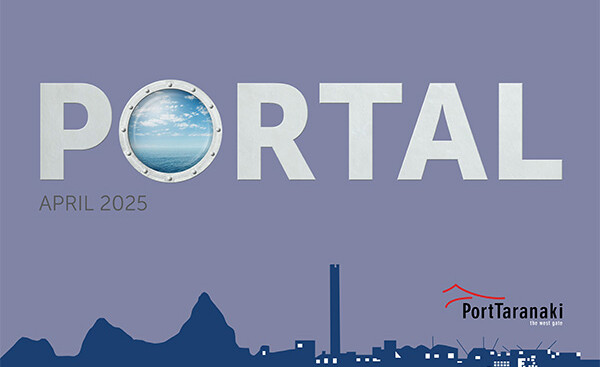
Port Taranaki prides itself on being flexible and adaptable to customers’ needs, and the latest infrastructural upgrade on Blyde Wharf achieves that while also helping protect the marine environment.
Since late 2018, when the coolstore on Blyde Wharf was removed, Port Taranaki has transformed the site from a container terminal to an important bulk storage wharf, in particular a key export log space.
The wharf can store 44,000 JAS tonnes, the log yards are close to the vessel berths, and there is on-wharf rail access that enables log wagons to move alongside the berths.
Necessary to the transformation has been a long-running programme of work to upgrade the storm water system to help prevent log particles from entering the harbour.
“As part of our operations, the log yards are regularly swept and cleaned, particularly after a log vessel has been in port and loaded. This picks up a lot of the debris, including bark, but not all of it. During rain, residual particles get washed into the storm water system, so it’s important that we remove as much of this debris as is practicable before the water is released into the harbour,” says Port Taranaki environment manager Kevin Lehrke.
Over time, Port Taranaki has installed five vortex separator systems, or continuous deflective separation (CDS) units, along Blyde Wharf for water run-off. The units work by using a swirling, or vortex-like flow, to separate the heavier particles from the water. The solids are pushed to the bottom and captured before the water is screened and discharged into the harbour.
In recent months, Port Taranaki has been carrying out a project to install the sixth CDS unit – a project that aims to provide extra flexibility for forestry exporters while also helping protect the harbour.
“Previously, the log storage area where the new CDS unit is being installed, could only take debarked logs, which are cleaner than bark-on logs,” explains Kevin.
“This caused storage issues for exporters, who wanted to be able to store both bark-on logs and debarked logs in the affected area on Blyde Wharf.”
Port Taranaki, along with contractor Whitaker Civil Engineering, have carried out the upgrade, which has included the excavation of a 50m long strip of Blyde Wharf, the installation of the separator system and accompanying slot drain for water run-off, and the upgrade and relining of the connecting outfall pipe.
“As the worksite is close to the berths on one side and the log yards on the other, there have been some logistical difficulties while a vessel has been in for loading. But the stevedores, log marshallers and exporters have been accommodating, and the project has gone well,” says Port Taranaki project manager Dougal Morris.
Port Taranaki also took the opportunity to upgrade and future-proof other services in the excavated area.
“It’s a massive inconvenience to dig up areas of the wharf, so we decided to make the most of it and do other work at the same time,” says Dougal.
“We replaced the sewer line, replaced the water line, and put the power cables and the fibre optics that go to the light towers into new conduit, so they’re better protected. We also installed a new water point for use on the wharf.
“It’s a great result for the port, the harbour, and the exporters,” he says.
“It will enable the area to be utilised all the time. This is 4,000 JAS of storage that is now flexible for debarked and bark-on logs. It’s fantastic, and we thank all those involved.”
For more stories in our Portal - April 2025, please click here:


